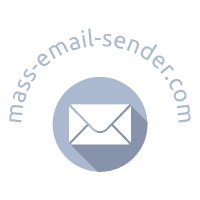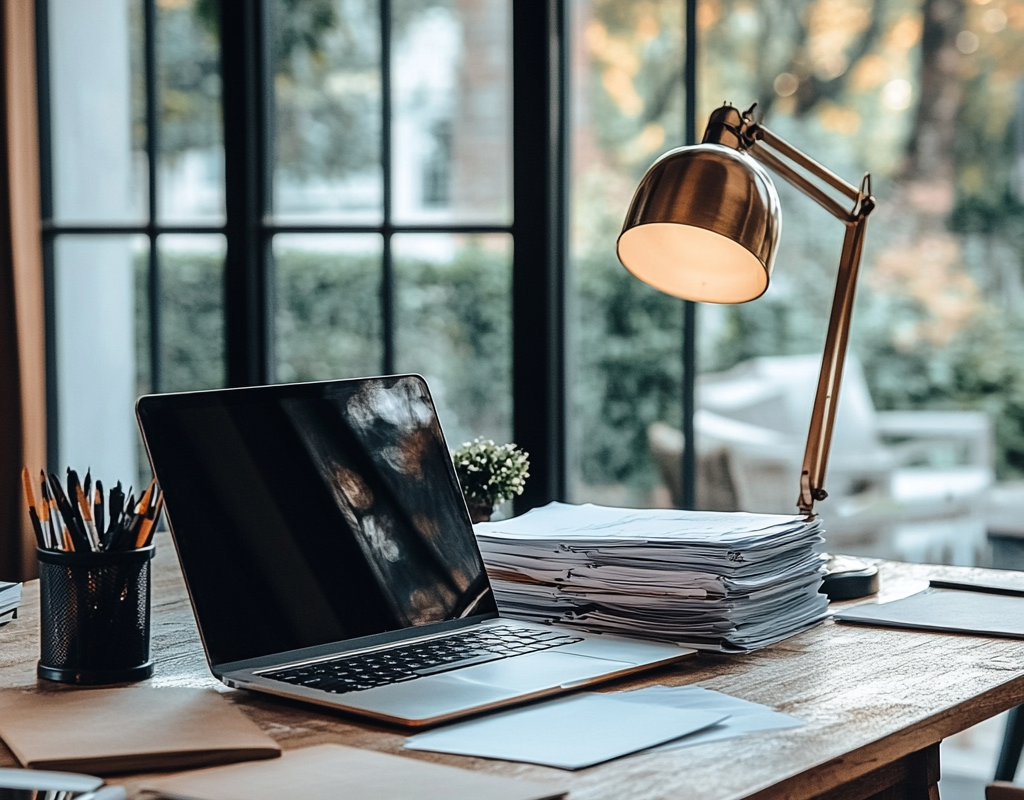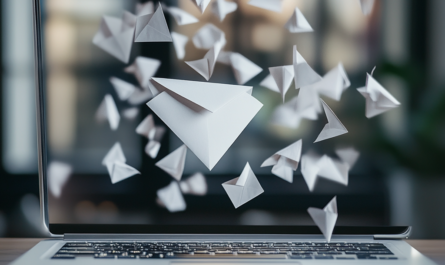Email newsletters are not just a way to deliver information, but also a powerful tool for communicating with your audience. However, in order for the letter not to drown among many others, it must be not only informative, but also visually attractive. Proper design of an email newsletter plays a key role in its effectiveness. The design should be such that the recipient not only opens the letter, but also wants to read it to the end, and also perform the target action – follow a link, buy a product or subscribe to a news article.
Rules for choosing colors for newsletter design
Color is one of the most powerful tools in newsletter design. It influences the perception of information, evokes emotions, and can even motivate the user to action. It is important to choose correctly color schemeso that it is in harmony with the brand and evokes the necessary associations.
There are several factors to consider when choosing colors. Firstly, it is important to follow brand colors your company so that the letter remains within the framework of recognition. Secondly, you should be aware of contrast: important elements such as buttons or calls to action should stand out from the background. Using bright accents against a neutral background is a great idea for increasing visibility and ease of perception. However, overly bright or loud colors can irritate the user, so it is important to find a balance.
Also, don’t forget about the psychological effect of color. For example, blue associated with reliability green – with environmental friendliness and health, and red – with urgency or incentive to action. Choose colors carefully based on the purpose of your email. and what impression you want to leave on your audience.
How to properly structure content
The content structure of an email newsletter is no less important than its design. A well-organized letter is easy to understand, and useful information is not lost among unnecessary details. Let’s look at how to properly structure a letter so that it is understandable and attractive to the recipient.
- Heading and subheadings. The headline is the first thing the reader will see, and it determines whether or not he will open the email. He must be short and catchyto immediately attract attention. Subheadings help break information down into digestible chunks and direct attention to key points.
- Main text. The main body of text should be concise and clearly presented. Use short paragraphs, avoiding long and confusing sentences. Important information can be highlighted in bold or in italics so that the reader can quickly scan the letter.
- Call to action (CTA). Buttons and links that call to action should be highlighted and are immediately visible. They must be short and clear – for example, “Proceed to purchase” or “Find out details.” Don’t overload your letter Too many buttons—choose one main goal for each email.
- Conclusion and contact details. End your email with a summary or call to action, and add contact information if the recipient would like to contact you for more information.
This approach will make the mailing structured and easy to understand, increasing the likelihood that the recipient will perform the target action.
Using images in newsletters
Proper use of images in an email campaign can greatly increase its appeal, but it is important to strike a balance between visual and textual elements. Images should not overload the letter and overshadow the text, on the contrary, they should complement it and visualize information.
Images help set the mood and support the main idea of the letter. For example, in a sales email, product images or promotion sliders can grab attention and encourage the user to take action. However, it is important to choose high quality images, which load quickly and display correctly on all devices. The size of the images also matters: too large images can slow down the loading of the letter, and small ones will not allow you to see the details.
When adding images, don’t forget about text alternatives such as alt tag. This will not only help with loading images, but will also ensure accessibility for users with special needs. You should also avoid using only images in your newsletter – too many graphics can be perceived as spam. It is important to maintain a balance and combine images with text blocks to ensure that the letter remains informative and easy to read.
Responsive Design
The number of mobile device users is growing every year, and most people now open emails on smartphones or tablets. Therefore, adaptive newsletter design is not just a trend, but a necessity. The letter should display correctly on any device, no matter what screen or operating system you are using.
Responsive design means that all email elements, such as text, images, and buttons, should automatically adjust to fit the device’s screen size. When creating a responsive email, it is important to consider not only technical features, but also user experience: on mobile devices everything should be easy to read, and buttons and links should be easy to press with a finger. It’s also worth considering that on small screens, users most often view emails in vertical mode, and this affects the arrangement of elements.
To make your newsletter responsive, you can use flexible mesh And media request in the code. It is important to test the email on different devices and email clients to make sure it displays correctly.
Testing and Analytics
After the newsletter has been created, it needs to be tested. Even the most experienced designers can make a coding mistake that affects how the email is perceived. It is important to test the newsletter on different email clients (Gmail, Outlook, Apple Mail, etc.), as well as on mobile devices.
Analytics helps you track the effectiveness of your email campaign and understand what needs to be improved. Using analytics tools you can evaluate email open rate, click-through rate elements, and also understand how many people completed the target action (clicked on a link, bought a product, etc.). Use this data to optimize future mailings.
During testing, it is important to consider parameters such as dispatch time And subject of the letter. Sometimes small changes can lead to noticeable improvements in performance, so it’s important to monitor metrics and make adjustments to strategies.
Creating effective email campaigns requires attention to many details, from choosing colors to testing. It is important to understand that newsletter design is not just an outer shell, but a tool for achieving your business goals. Structured, responsive, and visually appealing design will help you connect with your audience and increase engagement.
If you follow the principles described and regularly analyze the results, your email campaigns will become effective and bring real results.
The colors should be in harmony with the brand and evoke the necessary associations. It’s important to use contrasting colors to highlight key elements such as buttons and calls to action, but avoid overly bright or distracting colors.
Testing helps ensure that the newsletter is displayed correctly on all devices, be it a desktop or a mobile phone. This affects the perception of the letter and increases the likelihood that the recipient will perform the target action.




